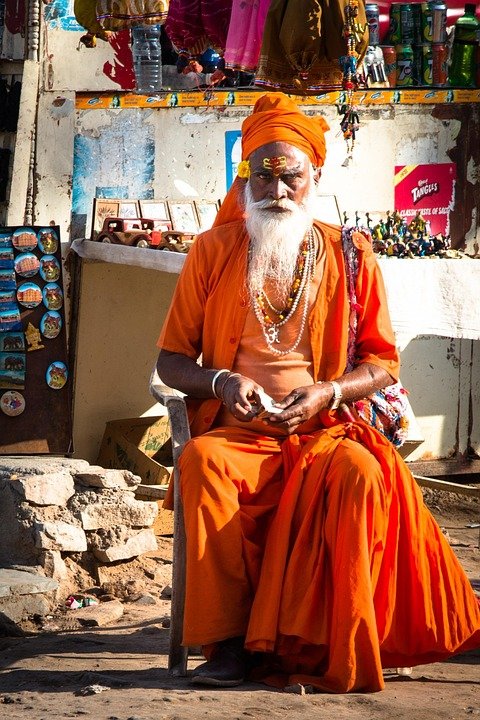Of course! Here is an article on the Digital Divide in India.
The Digital Divide: Bridging the Gap in India’s Tech Landscape
In the bustling tech hubs of Bengaluru and Gurugram, India’s digital prowess is on full display. A young professional orders groceries with a tap, pays with a seamless UPI transaction, and telecommutes with colleagues across the globe. This is the image of "Digital India"—a nation surging forward on the waves of technology, home to the world’s cheapest data and a booming startup ecosystem.
But travel a few hundred kilometres into the rural heartland, and a different reality emerges. Here, a farmer may struggle to access weather updates, a student might miss online classes due to a weak signal, and a woman may lack the digital literacy to access vital government services. This stark contrast is the story of India’s digital divide—a deep and complex chasm separating the connected from the disconnected.
Bridging this gap is no longer a matter of convenience; it is a critical imperative for India’s inclusive growth and future prosperity.
The Many Faces of the Divide
The digital divide in India isn’t just about the availability of internet infrastructure. It’s a multi-layered problem with several intersecting dimensions:
-
The Access Divide (Urban vs. Rural): While urban India boasts high-speed fiber-optic connections, many rural and remote areas still grapple with patchy or non-existent connectivity. The government’s ambitious BharatNet project aims to connect all gram panchayats, but last-mile delivery remains a significant hurdle.
-
The Affordability Divide: While India has some of the lowest data prices in the world, the cost of a smartphone—the primary gateway to the internet for most Indians—is still prohibitive for low-income households. For a family living on the edge of poverty, a smartphone is a luxury, not a necessity.
-
The Literacy and Skills Divide: Owning a device is only the first step. True digital inclusion requires digital literacy—the ability to navigate the internet, use applications, and critically evaluate online information. Without these skills, the internet remains an intimidating and inaccessible tool.
-
The Gender Divide: Social and cultural norms have created a significant gender gap in internet usage. According to the GSMA’s Mobile Gender Gap Report, women in India are significantly less likely than men to own a mobile phone and use mobile internet. This exclusion limits their access to education, economic opportunities, and social empowerment.
- The Linguistic Divide: The majority of content on the internet is in English, yet a vast portion of India’s population speaks and reads only in regional languages. The lack of relevant, local-language content can make the digital world feel alien and irrelevant.
Why Closing the Gap is Crucial
The consequences of the digital divide are profound and far-reaching. During the COVID-19 pandemic, it became a line between life and livelihood, education and ignorance.
- Economic Exclusion: Without digital access, citizens are cut off from the gig economy, e-commerce platforms to sell their produce, and online job portals.
- Educational Disadvantage: Students without reliable internet and devices fell behind as education shifted online, exacerbating existing inequalities.
- Access to Services: From booking a vaccine slot on the CoWIN portal to accessing government welfare schemes, digital platforms are increasingly becoming the default mode of service delivery. Those on the wrong side of the divide are left behind.
- Healthcare Gaps: Telemedicine has the potential to revolutionize healthcare in rural India, but it is entirely dependent on digital connectivity and literacy.
The Path Forward: A Collaborative Effort
Bridging India’s digital divide requires a concerted, multi-pronged approach involving the government, private sector, and civil society.
1. Strengthening the Foundation: Infrastructure and Affordability
The government must accelerate the implementation of projects like BharatNet to ensure robust last-mile connectivity. Simultaneously, public-private partnerships can drive innovation in creating low-cost smartphones and community-based data plans, making digital access more affordable for all.
2. Empowering People: Fostering Digital Literacy
Digital literacy must be integrated into the school curriculum from an early age. For adults, community-led initiatives are key. The government’s Common Service Centres (CSCs) are a step in the right direction, acting as digital kiosks that provide training and access to essential services in rural areas. NGOs and corporations can run targeted campaigns, especially for women and marginalized communities, to build skills and confidence.
3. Making it Relevant: Promoting Local Content
There is a pressing need to encourage the creation of content and applications in India’s diverse regional languages. Voice-based internet services and AI-powered translation tools can also play a massive role in breaking down language barriers, making the internet accessible to people regardless of their literacy levels.
4. A Mission of Inclusion
The private sector, particularly telecom companies and tech giants, has a significant role to play. Beyond corporate social responsibility, there is a massive untapped market in rural India. By designing products and services tailored for this demographic, they can drive business growth while fostering inclusion.
Conclusion: For a Truly Digital India
The vision of a "Digital India" cannot be fully realized as long as it remains an exclusive club. The digital divide is not a technological problem; it’s a human one with deep social and economic roots. Closing this chasm is essential for unlocking the full potential of India’s demographic dividend, ensuring equitable growth, and building a more just and empowered society.
The journey from a divided landscape to a truly connected nation is challenging, but it is a journey India must undertake. For in the 21st century, digital inclusion is not just a policy goal—it is a fundamental right.

